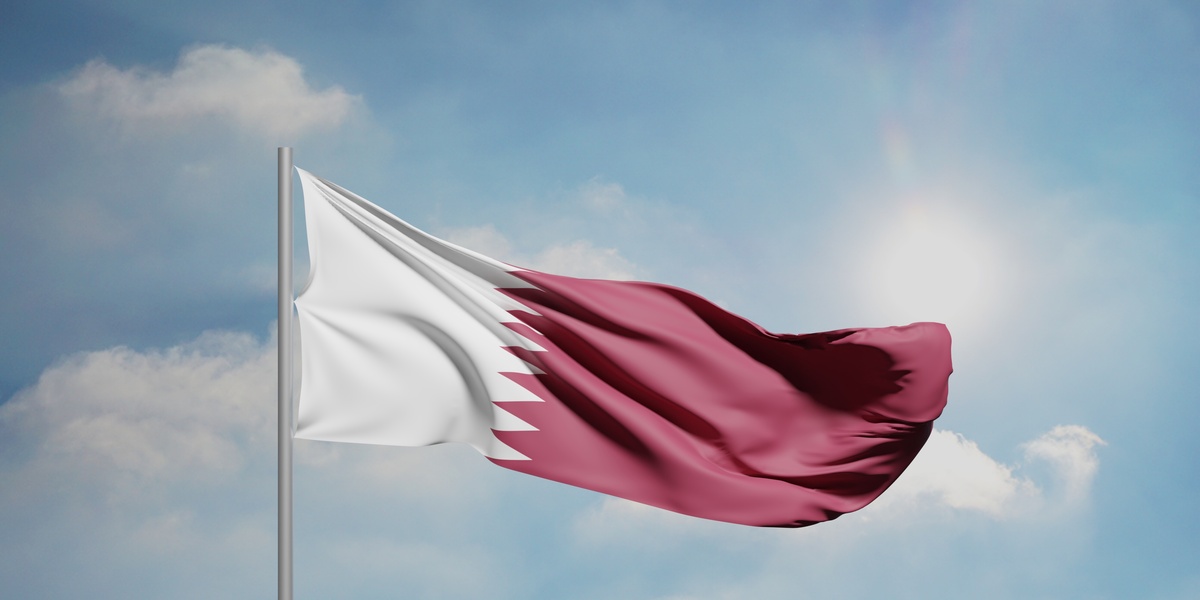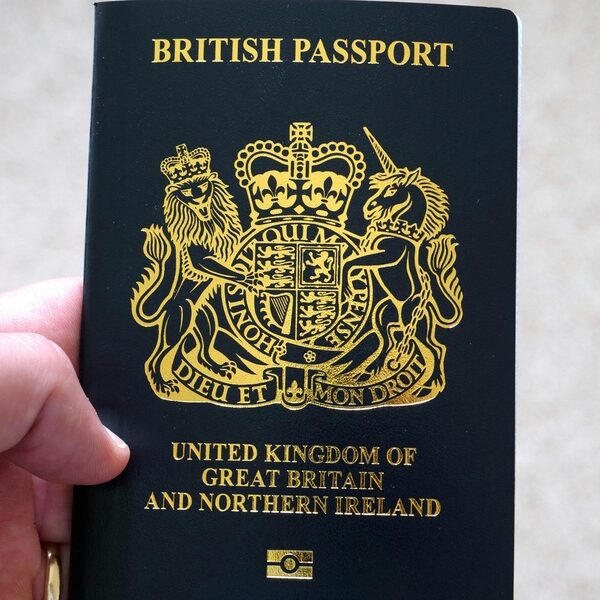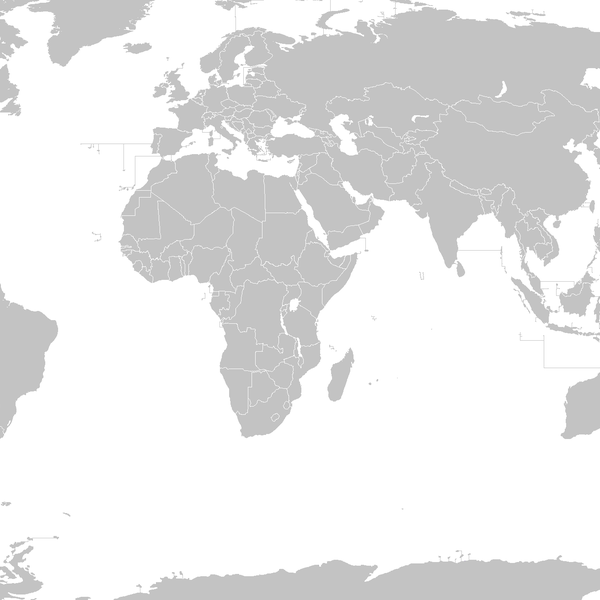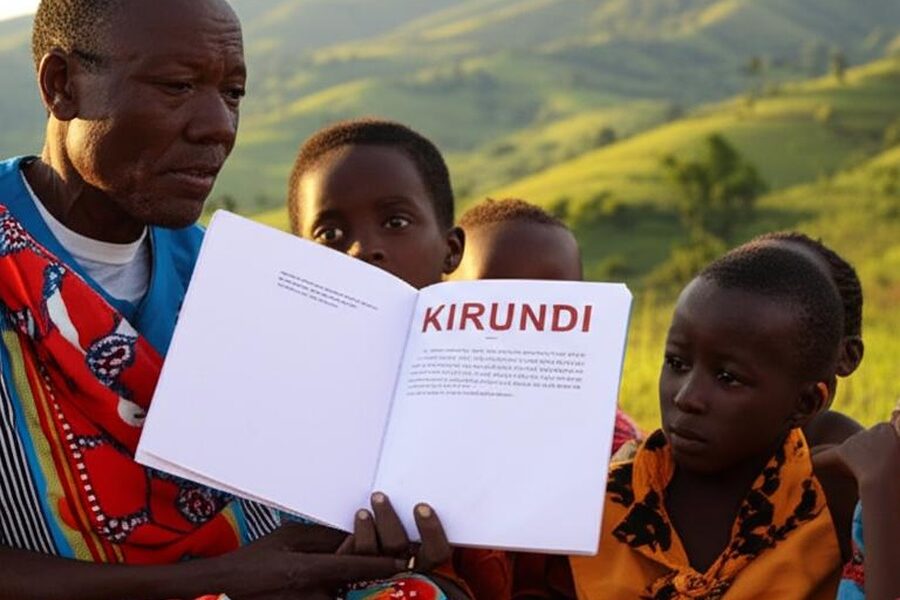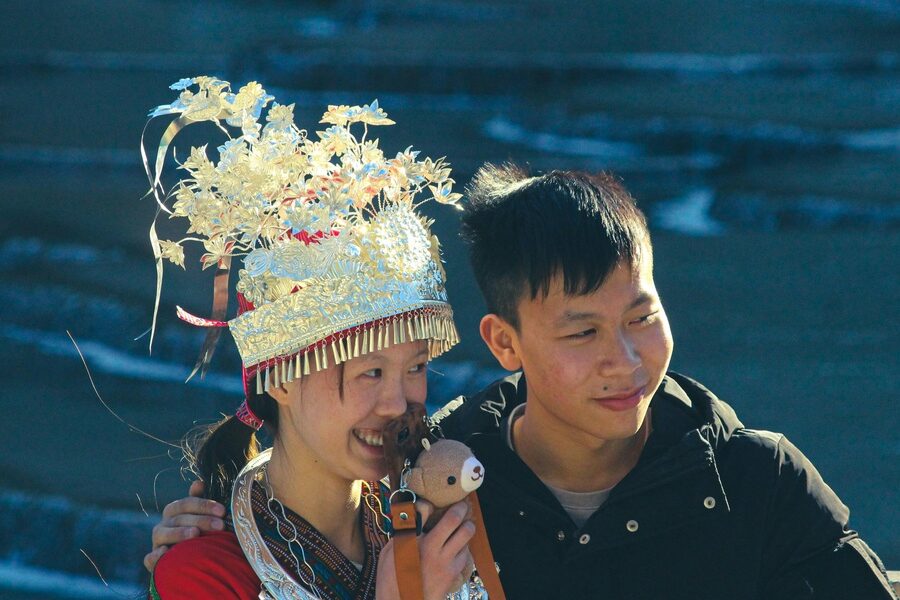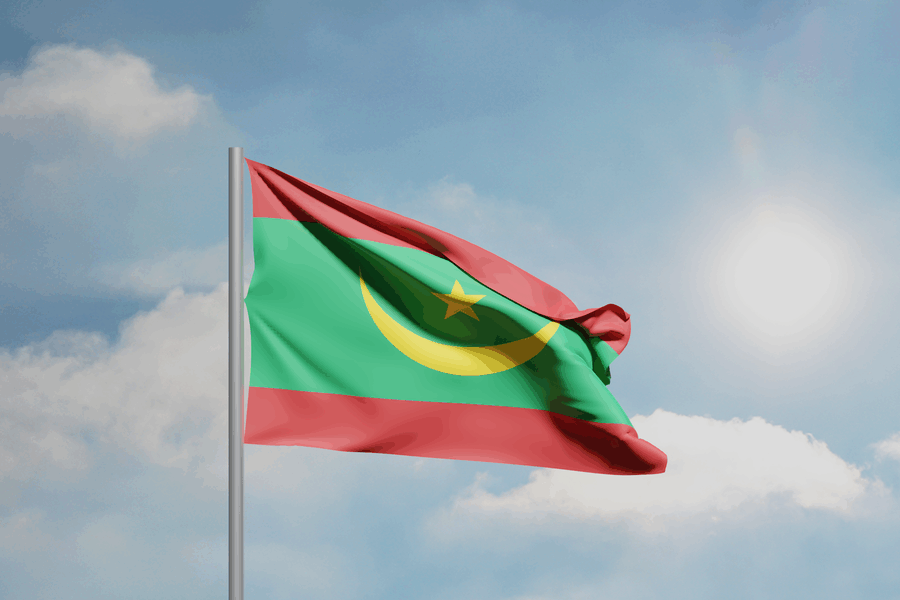Qatar’s compact cities host a surprisingly rich mix of languages thanks to international business, migrant labor and a growing expatriate community. You’ll hear different tongues in workplaces, souks and residential neighborhoods, reflecting both long-term residents and transient workers.
There are 23 Languages Spoken in Qatar, ranging from Amharic to Urdu. For each entry, data are organized under Speakers (est.), Status/role, and Where spoken so you can quickly see who uses each language and in what settings — you’ll find below.
Which languages are most useful for visitors and short-term residents?
Arabic is the official language and learning a few polite phrases helps, but English serves as the common lingua franca for business, hotels and many services; Hindi, Urdu and Nepali are also widely spoken in worker communities, so knowing which groups you’ll interact with can guide useful phrase learning.
How accurate are the speaker estimates and role labels in the list?
Speaker numbers and status labels combine census, surveys and local studies and should be treated as estimates—useful for spotting major trends and concentrations, but expect local variation and change over time, especially in expatriate-heavy neighborhoods.
Languages Spoken in Qatar
| Language | Speakers (est.) | Status/role | Where spoken |
|---|---|---|---|
| Arabic | 600,000 | Official, native | Home, government, media, public life |
| English | 1,800,000 | Lingua franca, expatriate community | Workplaces, international schools, business, media |
| Bengali | 400,000 | Expatriate community | Home, worker communities, informal commerce |
| Hindi | 300,000 | Expatriate community, lingua franca (South Asia) | Home, markets, media, social networks |
| Urdu | 250,000 | Expatriate community | Home, Pakistani communities, religious events |
| Malayalam | 180,000 | Expatriate community | Home, Malayali communities, workplaces |
| Nepali | 170,000 | Expatriate community | Worker communities, home, social networks |
| Tagalog (Filipino) | 220,000 | Expatriate community | Home, Filipino community centres, workplaces |
| Tamil | 120,000 | Expatriate community | Home, Tamil communities, workplaces |
| Telugu | 100,000 | Expatriate community | Home, Andhra/Telangana communities, workplaces |
| Punjabi | 80,000 | Expatriate community | Home, Pakistani/Indian communities, markets |
| Sinhala | 60,000 | Expatriate community | Home, Sri Lankan communities, religious centres |
| Persian (Farsi) | 30,000 | Expatriate community | Home, Iranian communities, media |
| Burmese (Burmese/Myanmar) | 40,000 | Expatriate community | Worker communities, home, ethnic networks |
| Amharic | 20,000 | Expatriate community | Home, Ethiopian communities, churches |
| Tigrinya | 10,000 | Expatriate community | Home, Eritrean/Ethiopian communities, social groups |
| Mandarin Chinese | 20,000 | Expatriate community | Business, shops, Chinese community events |
| Indonesian | 10,000 | Expatriate community | Home, Indonesian communities, workplaces |
| Somali | 15,000 | Expatriate community | Home, Somali communities, markets |
| Russian | 12,000 | Expatriate community | Business, home, diplomatic communities |
| Kurdish | 10,000 | Expatriate community | Home, Kurdish diaspora groups, community centres |
| Kannada | 8,000 | Expatriate community | Home, Karnataka-origin communities, workplaces |
| Oromo | 8,000 | Expatriate community | Home, Ethiopian communities, cultural networks |
Images and Descriptions
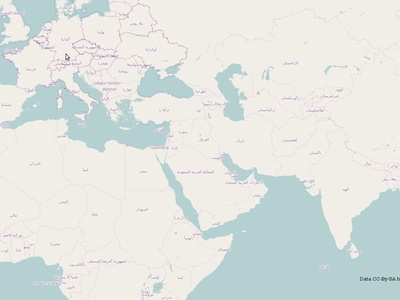
Arabic
Arabic is the national and official language; Qatari Gulf Arabic is spoken natively by citizens and widely used in government, media and everyday life, while Modern Standard Arabic appears in education, formal media and official documents.
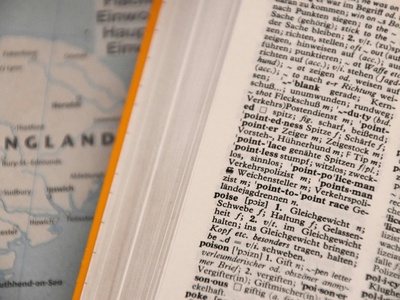
English
English functions as the main workplace and intercommunity lingua franca across private sector, education and international business; many residents use English daily for work, services, and multicultural communication.
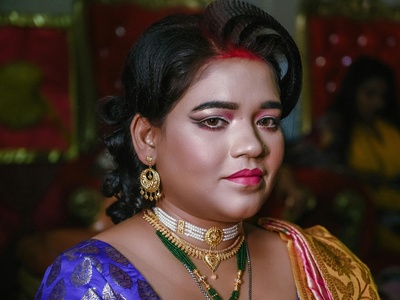
Bengali
Bangla is widely spoken by Bangladesh-origin residents and their families; common in construction crews, domestic work, social networks, ethnic shops and community gatherings.
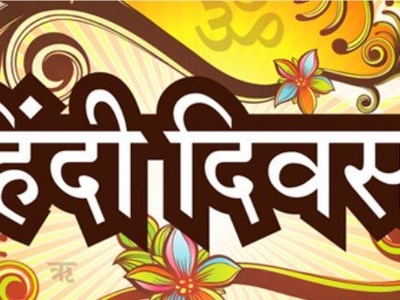
Hindi
Hindi is spoken by many Indian migrants and South Asian workers, often used as a common spoken language across diverse Indian-origin communities and in South Asian media and entertainment.

Urdu
Urdu is common among Pakistani and some Indian residents; used at home, in community centres, mosques, and in Urdu-language media and cultural events.
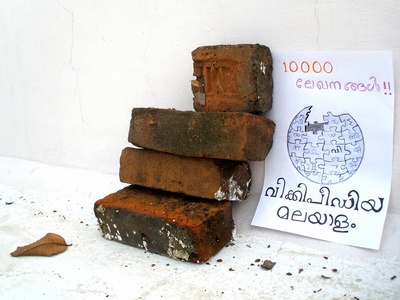
Malayalam
Malayalam is the main language of Kerala-origin expatriates; prevalent in family life, social clubs, trade networks and community media targeted to Keralites.
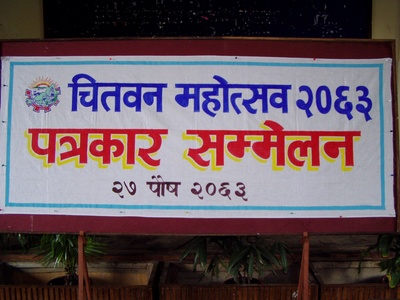
Nepali
Nepali is spoken by a large Nepalese workforce and their families; heard in labour camps, community gatherings, shops and Nepali-language social media groups.
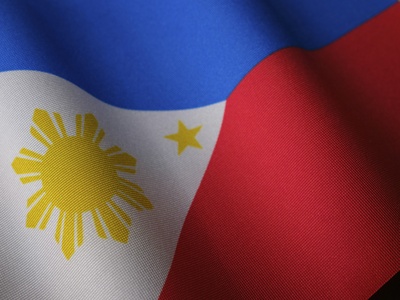
Tagalog (Filipino)
Tagalog (often called Filipino) is spoken widely by Philippines-origin residents; used at home, in expatriate community organisations, churches, social events and Filipino media distribution.

Tamil
Tamil is common among Sri Lankan and Indian Tamil speakers in Qatar; used in family settings, Tamil cultural associations, religious centres and Tamil-language media.
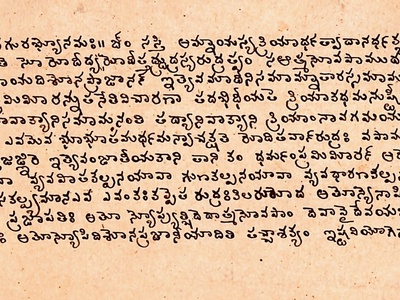
Telugu
Telugu is spoken by migrants from Andhra Pradesh and Telangana; present in family life, community groups, cultural events and regional media consumption.
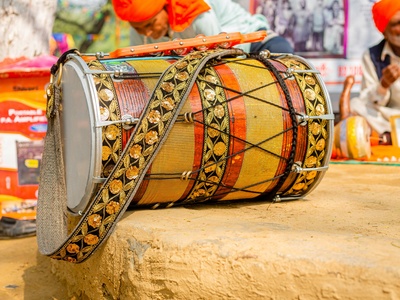
Punjabi
Punjabi is spoken by many Pakistanis and North Indians; heard in homes, local markets, Sikh and Punjabi cultural associations and informal social spaces.

Sinhala
Sinhala (Sinhalese) is used by Sri Lankan residents, especially Sinhalese families and communities, in homes, Buddhist centres, social groups and Sri Lankan media circulation.
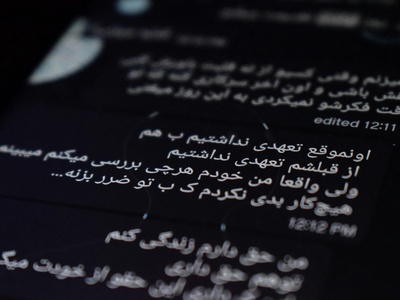
Persian (Farsi)
Persian is spoken by Iran-origin residents and some Persian Gulf communities; used in family life, Persian-language shops, cultural events and media from Iran.

Burmese (Burmese/Myanmar)
Burmese is used by Myanmar-origin residents including both Burmese nationals and ethnic groups; present in worker communities, family settings and community networks.
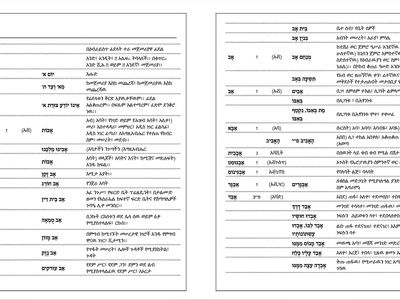
Amharic
Amharic is spoken by Ethiopian expatriates in Qatar; used in family life, community gatherings, churches and Ethiopian cultural organisations.
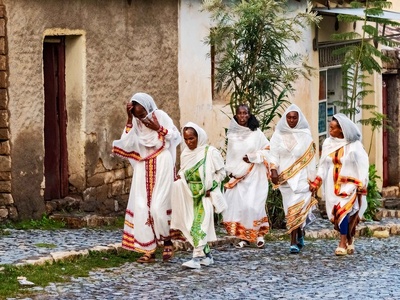
Tigrinya
Tigrinya is spoken by Eritrean and some Ethiopian residents; heard in homes, community meet-ups, and migrant support networks.

Mandarin Chinese
Mandarin is used by Chinese expatriates and businesspeople; present in Chinese restaurants, business services, schools and community associations.
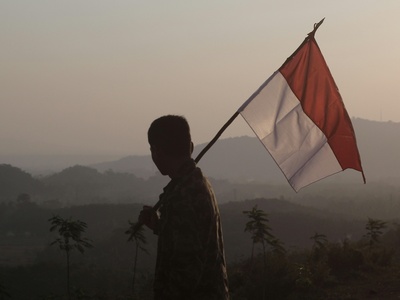
Indonesian
Indonesian (Bahasa Indonesia) is spoken by workers and professionals from Indonesia and some Malay speakers; used in homes, community gatherings and Indonesian-focused services.
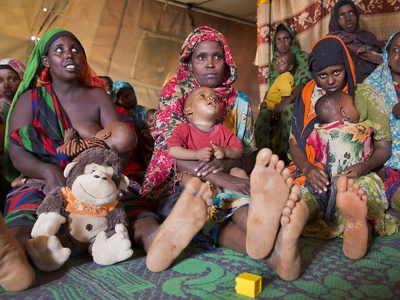
Somali
Somali is used by Somali residents and traders; present in family life, community networks, small businesses and religious gatherings.
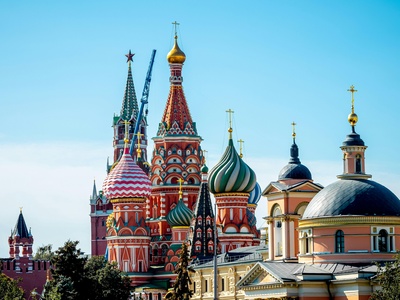
Russian
Russian is spoken by a modest expatriate community including professionals, businesspeople and embassy staff; found in private networks, cultural events and some businesses.
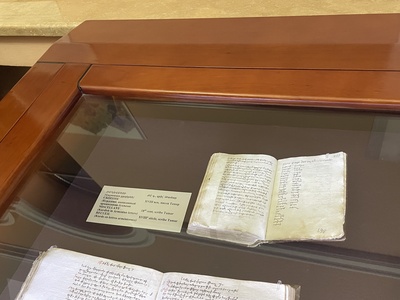
Kurdish
Kurdish (Sorani and Kurmanji varieties) is spoken by Kurdish expatriates from Iraq, Syria and elsewhere; used in homes, diaspora associations and community activities.
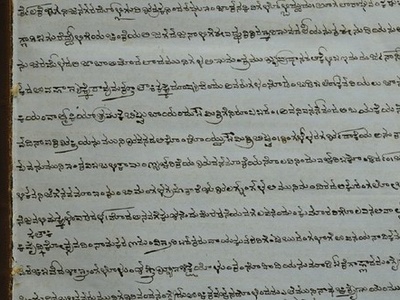
Kannada
Kannada is spoken by migrants from Karnataka; present in family settings, small community groups and regional cultural events.
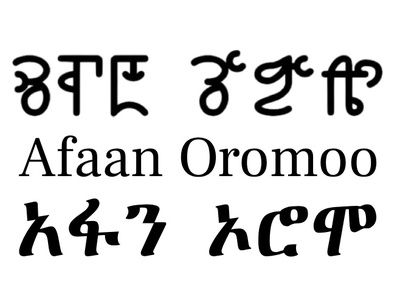
Oromo
Oromo is spoken by members of the Oromo community from Ethiopia; used in homes, community gatherings and ethnic associations.

